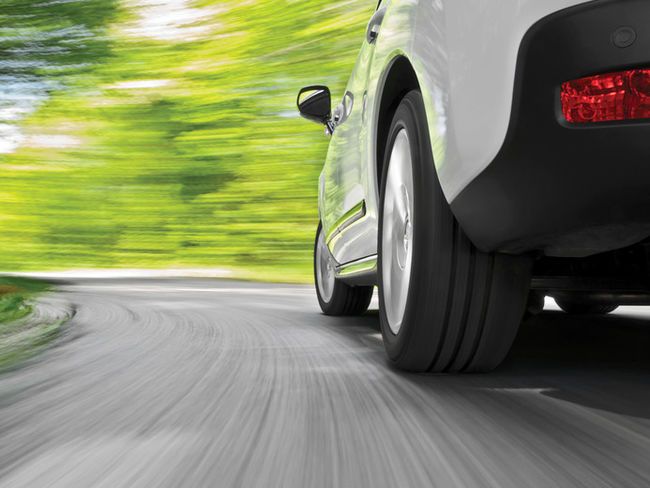 A newly formed group dedicated to making Greater Sudbury safer is advocating for the use of automated speed enforcement in the city.
A newly formed group dedicated to making Greater Sudbury safer is advocating for the use of automated speed enforcement in the city.
Sudbury Citizens for Safety intend to make a presentation to the Greater Sudbury Road Safety Committee calling for the technology, also called photo radar, to be used in designated community safety zones with speed limits under 80 kilometres per hour, a practice permitted through provincial legislation passed this spring.
“Most of our roads within the municipality are 80 kilometres or under,” said John Lindsay a member of the SCFS executive alongside Lionel Rudd, John Gaul and Tom Price. “It’s possible that any road where there’s speeding taking place, depending on the municipality, because they have to give the approval and determine that it would be an area that could use the automated speed control devices.”
SCFS also favours the use of red-light cameras.
Lindsay said members have already discussed the idea with Ward 2 Coun. Michael Vagnini, chair of the Greater Sudbury Police Services Board, as well as Greater Sudbury Police Chief Paul Pedersen and the city’s traffic department.
“What they recommended is that would be the first step, to go before the road safety committee, to determine what the interest might be and whether they want to explore it any further,” Lindsay said. “It was also recommended to us that while some of us were proponents, but if there was a group, perhaps that would give more credence to the whole idea.”
SCFS will not focus solely on traffic safety and citizens are encouraged to come forward with other concerns, “but right now, we’re really concentrating on being able to present proposal to the road safety group and to see if it has any legs,” Lindsay said.
Ontario introduced a photo radar enforcement program in 1994 under Bob Rae’s NDP government, which allowed speed traps on Ontario highways, but it lasted only 11 months before it was cancelled by the Progressive Conservatives under Mike Harris.
Lindsay pointed to some examples of successful automated enforcement in Canadian cities, however, including Edmonton, where traffic officials say photo radar has brought down speed and speed-related collision by roughly 20 per cent. In the first year of operation, collisions involving pedestrians or cyclists dropped off 71 per cent and those causing severe injury were down 41 per cent.
Edmonton’s traffic cameras collected $52 million in 2015 alone. The money goes into a special reserve for the office of traffic safety and the city police, traffic safety initiatives and third-party infrastructure programs.
“Edmonton has probably created a bit of an embarrassment, because of the amount of money collected has more than paid for the cost of the machines, and it’s where does the money go?” Lindsay said. “It’s not supposed to be a cash cow. It’s meant to make things more efficient and serve the more honourable purpose of reducing speeding. There are many roadways here in Sudbury where our residents have complained for years that there’s too much excessive speed and we know a lot of accidents are caused by speed, but the question is how enthusiastic will citizens be if it does go through?”
In Gatineau, Que., 20 portable units netted 7,200 tickets in three months, totalling more than $700,000 in fines. Police in that city have reported seeing drivers slow down and be more careful when they know there are cameras around.
While no Ontario municipality has set up an automatic speed enforcement system so far, Ottawa’s 20 red-light cameras brought in revenue of almost $4 million last year, at $260 per fine, and the city plans to install 20 more.
Lindsay said anyone interested in getting involved with SCFS or contact the group for more information should call 705-507-6037, email [email protected] or visit www.friendlysudbury.ca.
Source: The Sudbury Star
